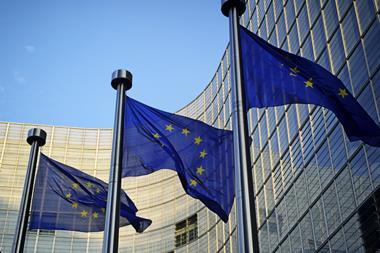The secondary market for alternative investments has grown by 47% in 12 months, reaching a volume of $22bn (€16.4bn) in the first half of this year, according to a new survey.
In its latest report on the secondary market for alternatives – on which closed-end funds and direct investments in private equity, real estate and infrastructure, as well as hedge funds, change hands – Canadian secondaries broker Setter Capital said January to June had been the market’s busiest period so far.
In its 2013 report on the first half of that year, Setter Capital estimated total secondary market volume had been $15bn.
The firm said more and more investors were becoming permanent fixtures on the secondary market, seeing it as an important portfolio management tool.
Figures in the report came from a survey of 81 market participants, Setter Capital said, grossing up the results in proportion to the number of active buyers that did not participate.
Private equity accounted for most of the volume in the first half, at $16bn, which included $11.3bn for funds and $4.6bn for direct investments.
Trading volume of real estate funds was $3bn and hedge fund volume was $2.2bn, while trading in infrastructure funds totalled $500m in the period.
More than half of the total volume was in North American-focused funds, and Western European funds accounted for 31% of total volume.
Some 40% of secondary market volume in the first half of 2014 was from European buyers, and 43% from European sellers, the report showed.
According to volumes projected for the second half of this year by survey respondents, the total volume for the full 2014 year is set to reach $45bn – a rise of 25% from 2013.
It said the figure of $22bn represented the volume of secondary purchases of the 126 secondary buyers that had been involved in the market for a long time, including 87 secondary funds, 33 funds of funds, 12 hedge fund focused secondary funds, 12 investment consultants, two pensions and one insurance company.
Setter Capital said: “This estimate is conservative, as it does not include the activity of more than 1,000 opportunistic and non-traditional buyers, whose combined activity may be significant.”
For example, it said, activities of all sovereign funds had been excluded, even though some of these funds had recently built teams dedicated to secondary purchases.


















No comments yet